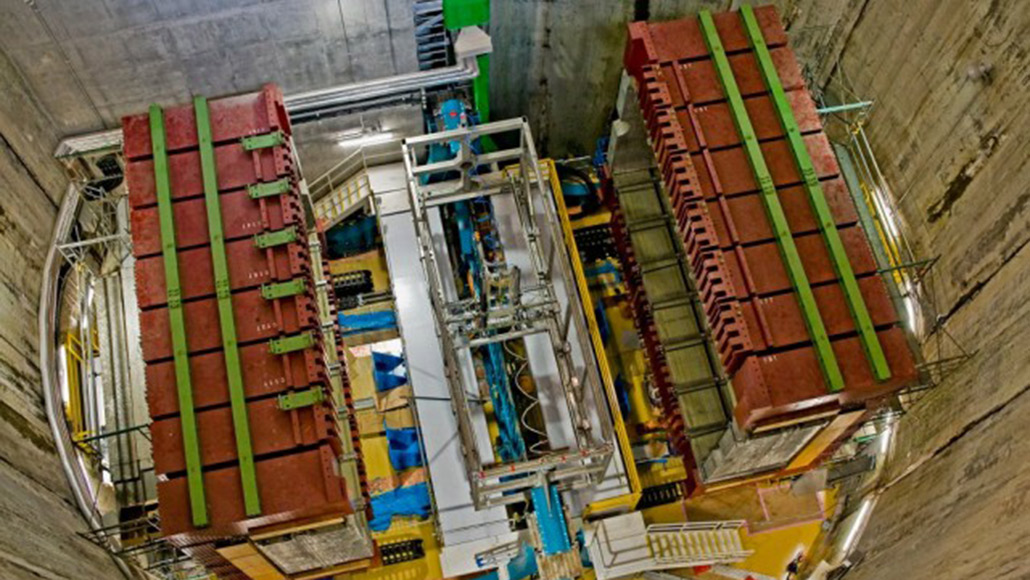
Neutrinos may behave differently than their antimatter equivalents, new results from the T2K experiment suggest (one piece of the experiment shown). That could help reveal why the universe is made mostly of matter, whereas antimatter is uncommon.

Neutrinos may behave differently than their antimatter equivalents, new results from the T2K experiment suggest (one piece of the experiment shown). That could help reveal why the universe is made mostly of matter, whereas antimatter is uncommon.